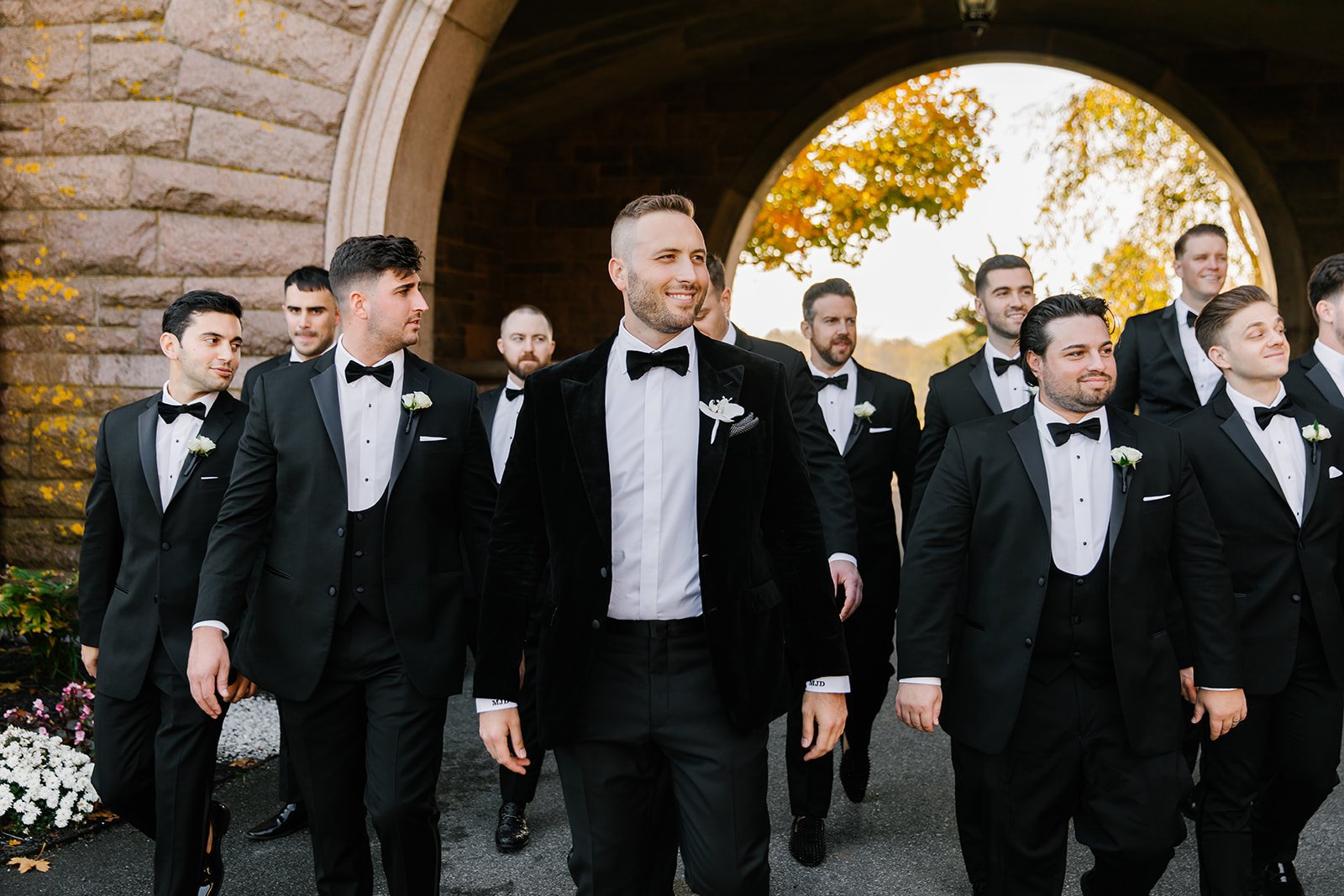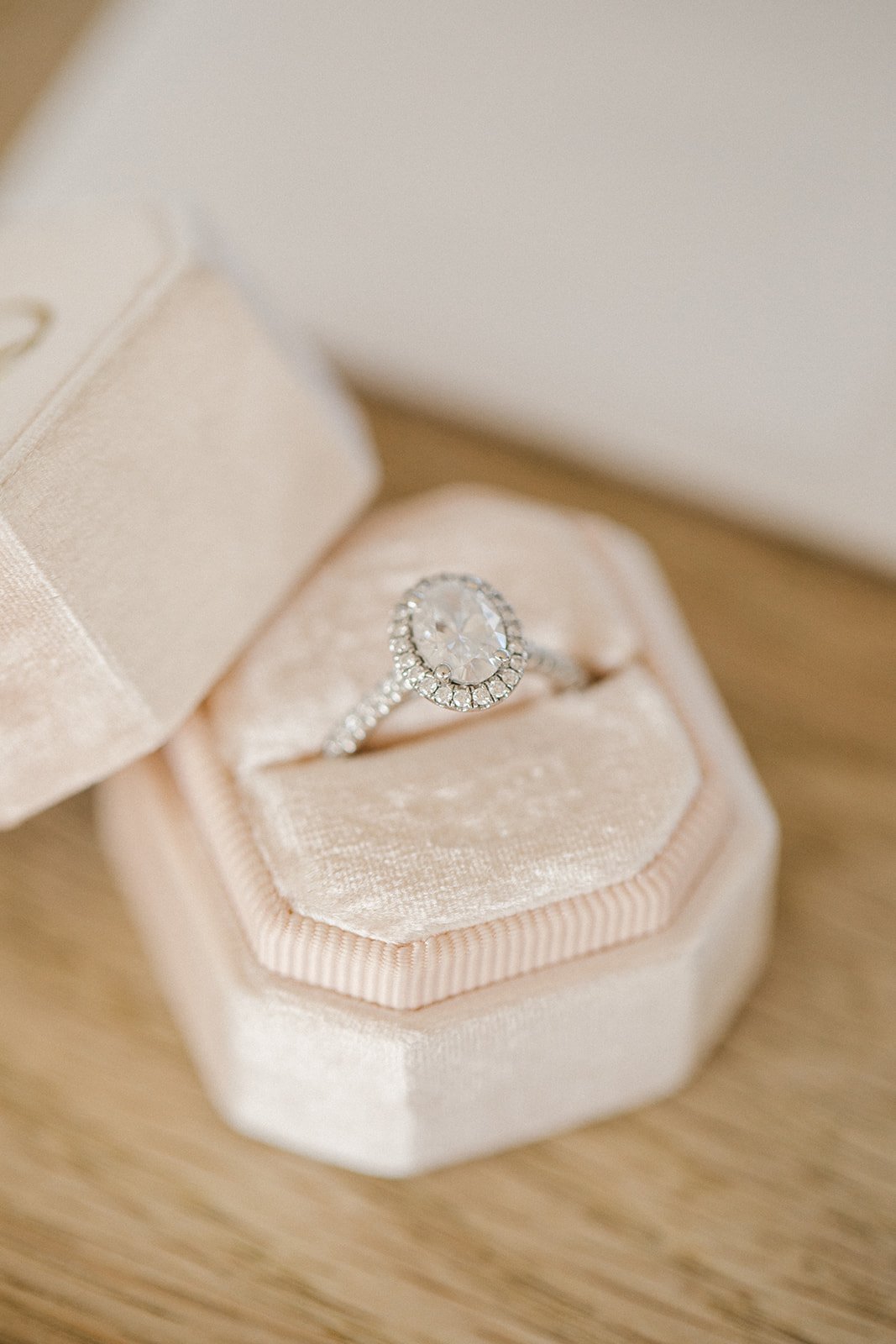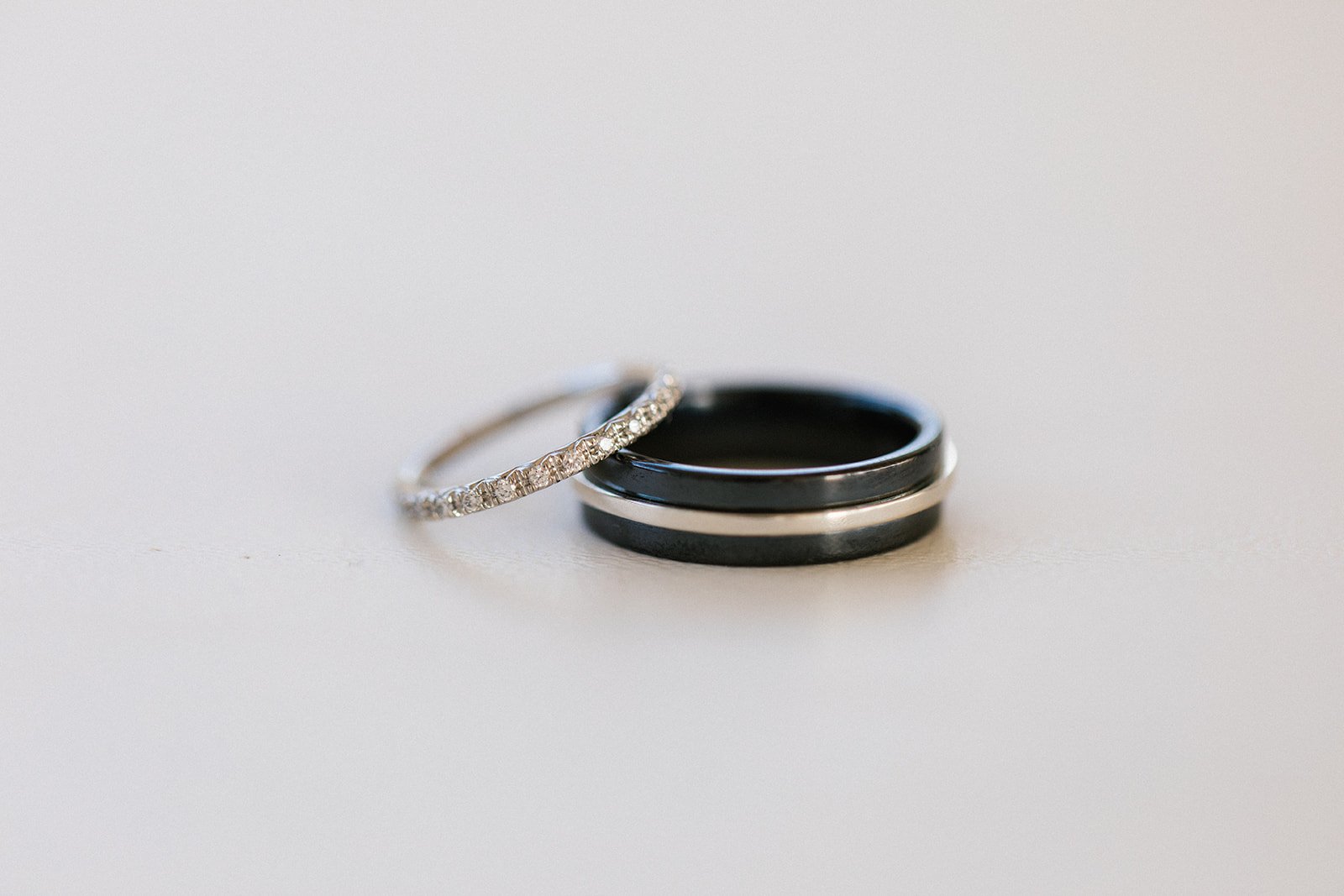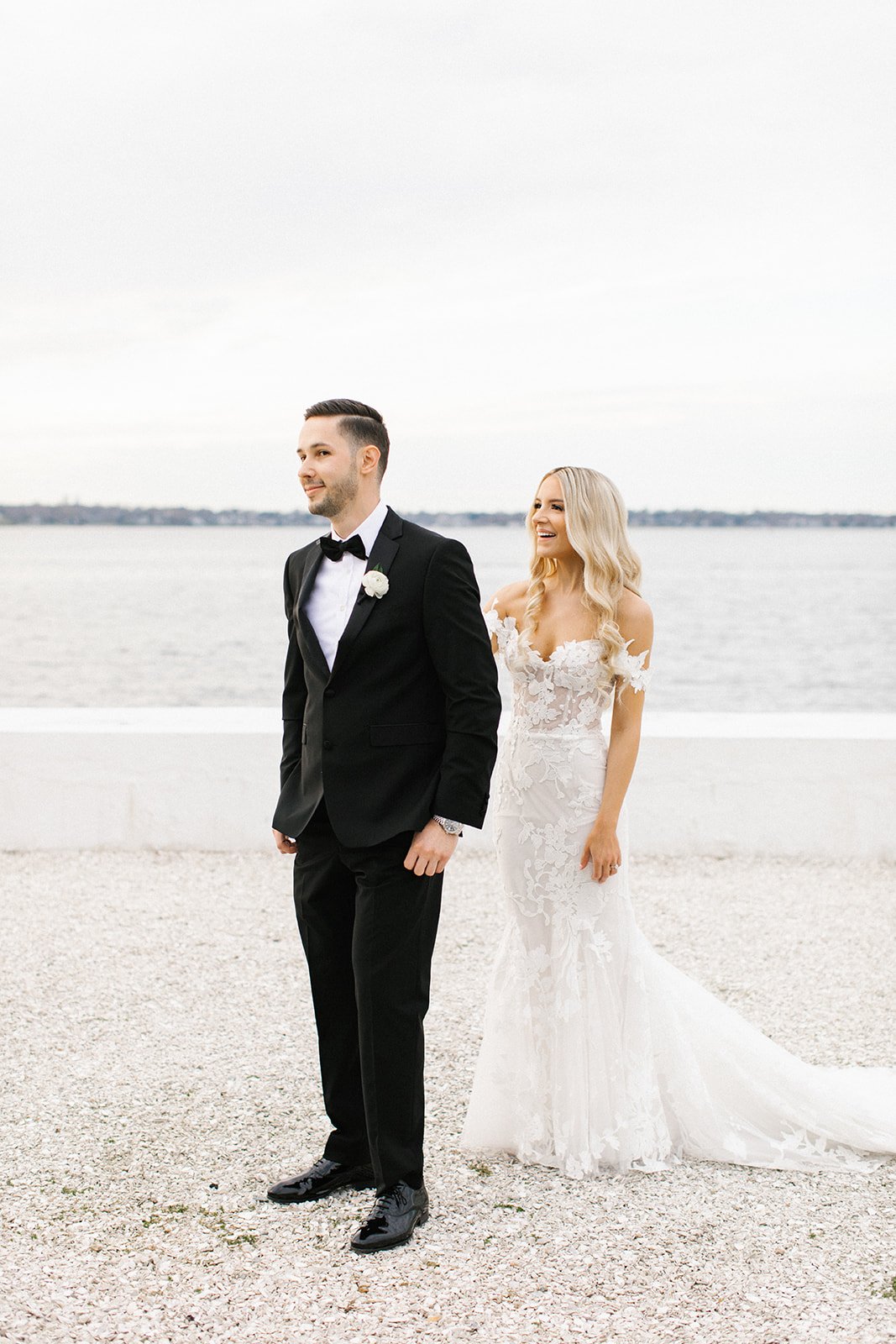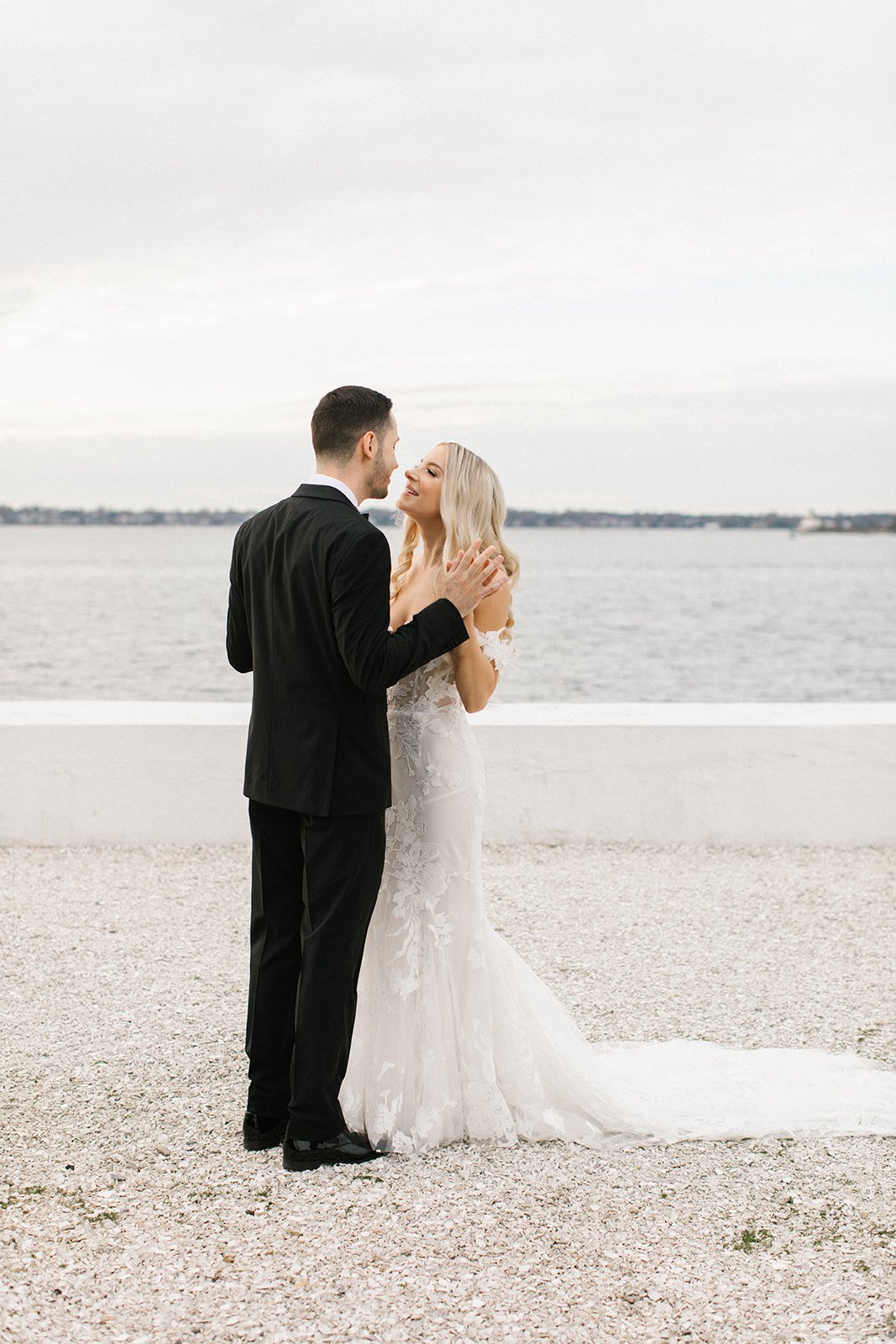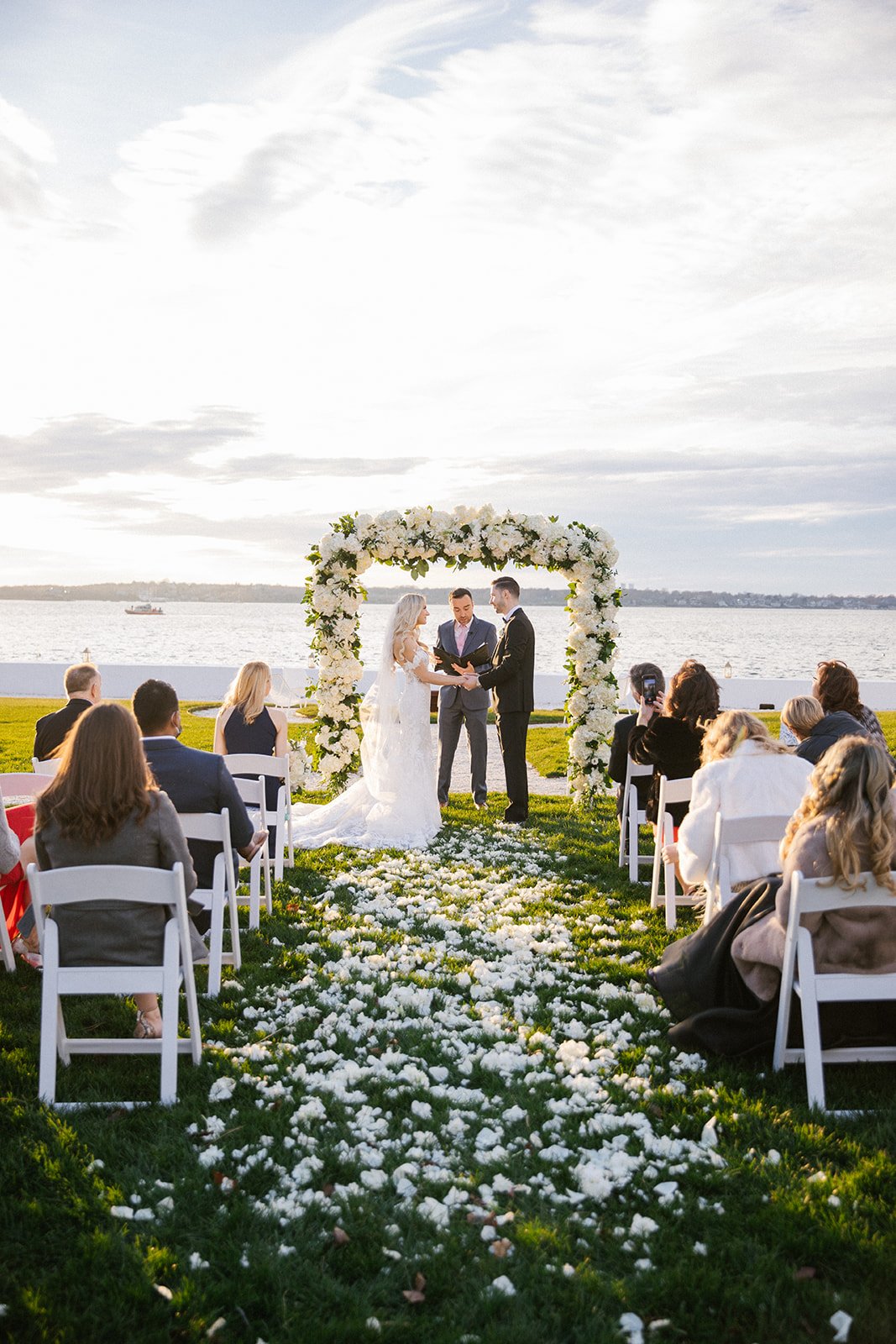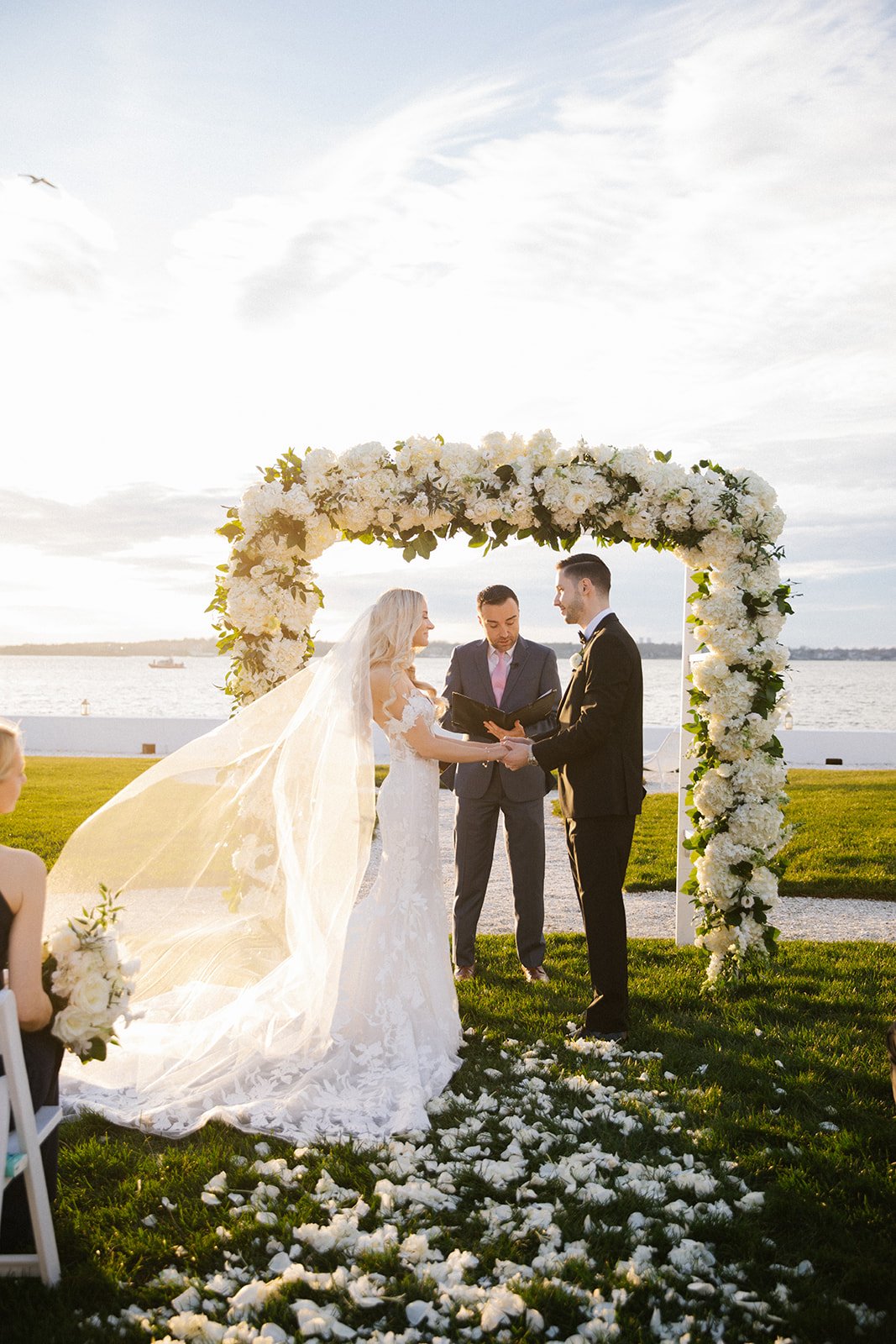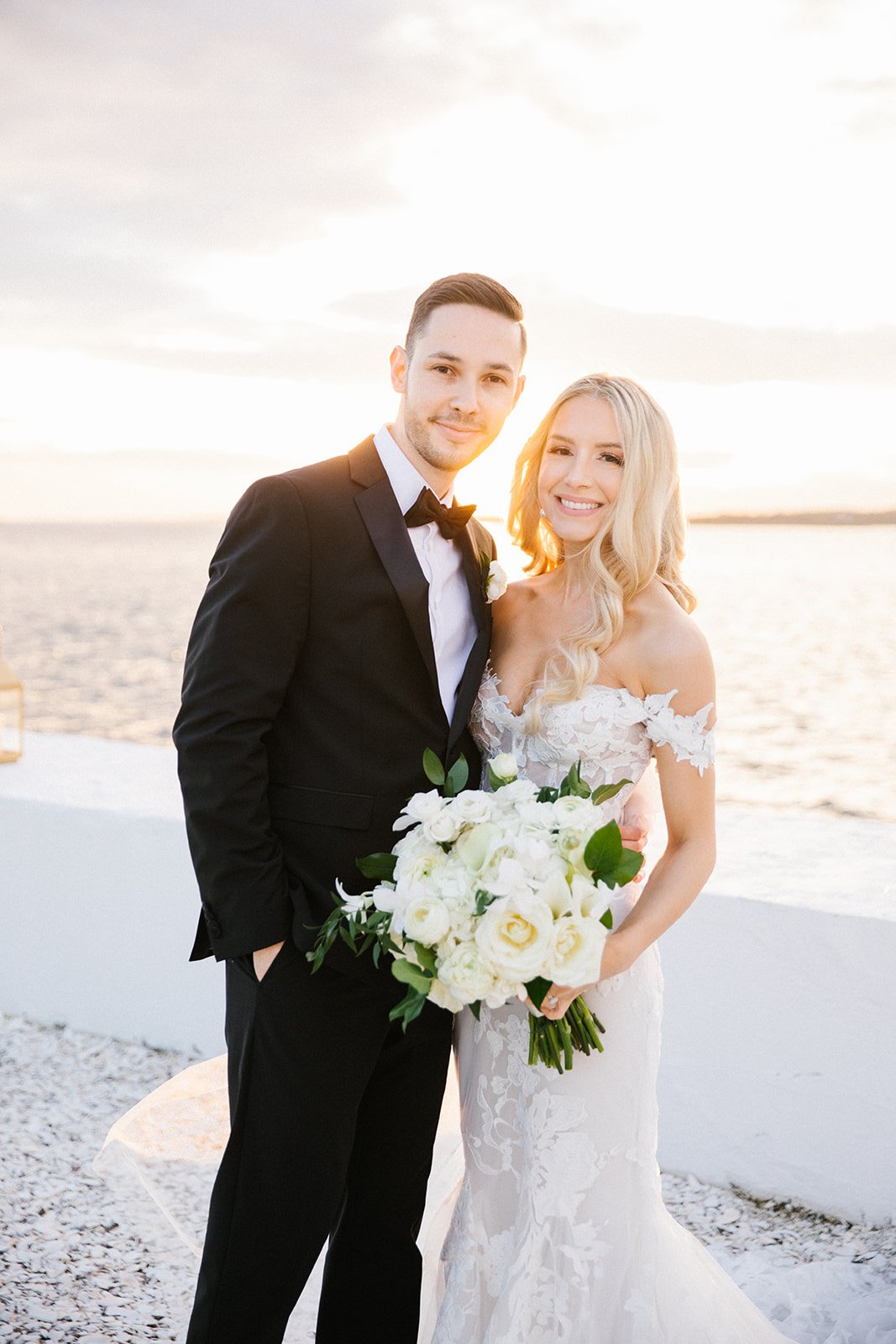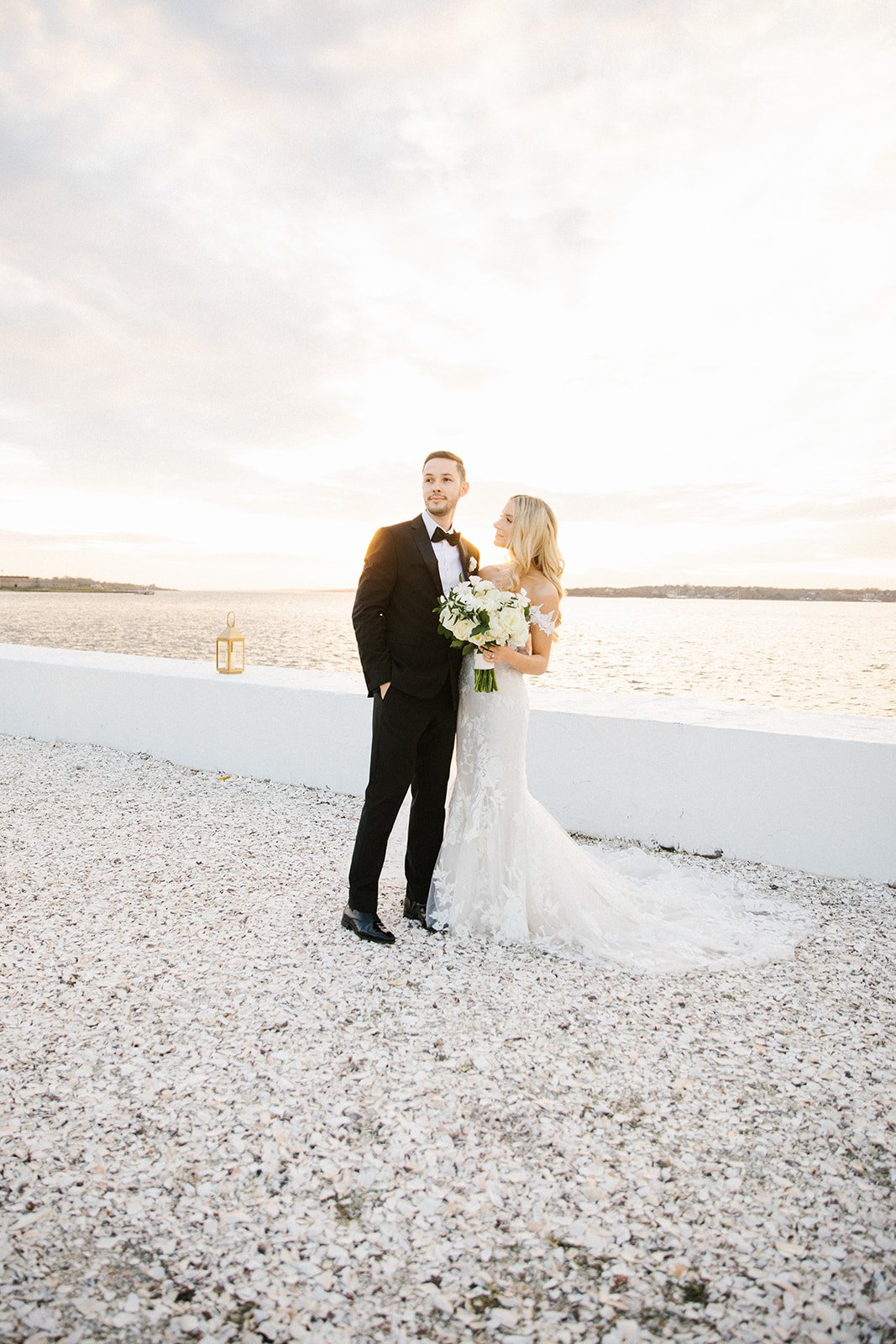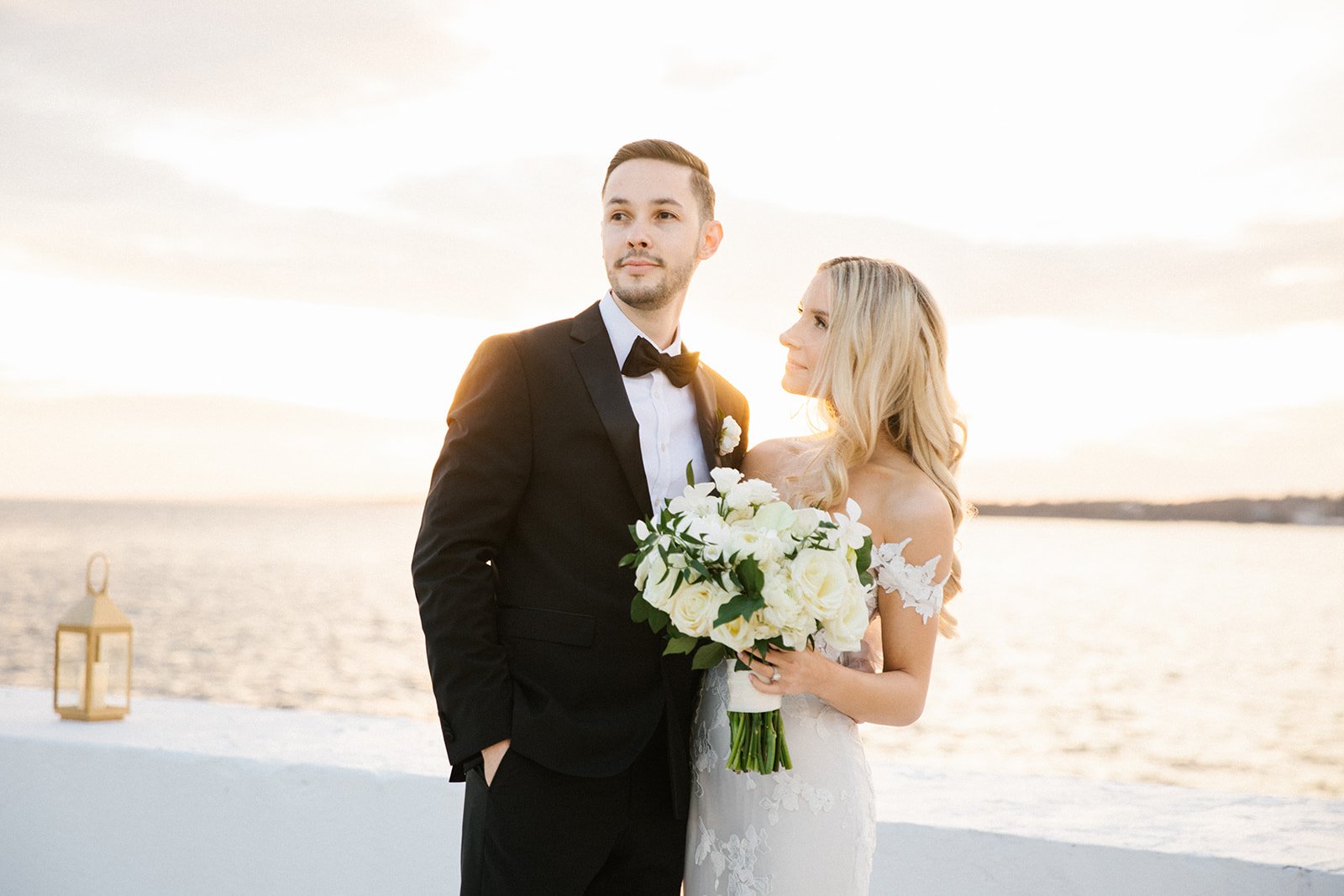The excitement of a wedding day is like no other, filled with anticipation, love, and the promise of a beautiful future together. One aspect of modern weddings that has captured the hearts of many is the "First Look"—that intimate moment where the couple sees each other for the first time before the ceremony. The First Look offers a magical opportunity to capture raw emotions and genuine reactions in a private setting. Brides-to-be, wedding planners, and photography enthusiasts often debate its inclusion in the wedding timeline. In this post, we'll explore the compelling reasons to incorporate a First Look into your big day and how it can enhance your wedding photography and videography experience. See photos of Morey + Sierra’s first look throughout this blog post as well as some videos of other couples.
1. Intimate Moment Between You and Your Partner
A first look provides a private, intimate moment for you and your partner to share before the whirlwind of the day begins. It’s a chance to soak in each other’s presence, exchange heartfelt words, and calm any nerves in a tranquil setting away from the crowd. This quiet moment together can set a tone of relaxation and connection for the rest of the day.
2. Capture Genuine Emotions
The first look allows your photographer and videographer to capture genuine emotions as they unfold. The expressions of joy, surprise, and love on your faces are authentic and unscripted, creating powerful images that you’ll cherish forever. These photos often become some of the most treasured memories of your wedding day. See the highlights of Taylor + Emily’s sweet first look captured in video form:
3. Extend Your Celebration
Including a first look extends the celebration of your wedding day. By seeing each other earlier, you have more time together to enjoy the festivities. It also frees up your schedule after the ceremony, allowing you to mingle with guests during cocktail hour or spend a few quiet moments alone before the reception begins.
4. Maximize Natural Light
For outdoor weddings or venues with beautiful natural surroundings, a first look earlier in the day ensures you can take advantage of the best lighting conditions. Natural light enhances photographs, making them more vibrant and flattering. This timing can be especially beneficial for capturing outdoor portraits or scenic backdrops.
5. Reduce Ceremony Nerves
Seeing your partner before the ceremony can help alleviate nerves and anxiety. It’s a comforting moment that reminds you why you’re about to embark on this incredible journey together. Feeling more relaxed and composed during the ceremony allows you to fully enjoy and savor the experience.
6. Efficiency in Photography
From a logistical standpoint, a first look can streamline your wedding day timeline. It allows you to complete bridal party and family portraits before the ceremony, reducing the need for extensive photography sessions during cocktail hour. This means more time spent celebrating with your loved ones and less time away from the festivities. James + Christina chose to do a first look followed by their wedding party and family photos:
7. Personalize Your Wedding Day
Including a first look is a chance to personalize your wedding day and make it uniquely yours. Whether you choose a private setting, a meaningful location, or incorporate personal touches into the moment, it adds a personal and memorable touch to your overall wedding experience.
Adding a first look to your wedding timeline brings so many benefits, enriching both the practical flow and emotional experience of your day. It’s a great way to capture genuine reactions, ease pre-ceremony nerves, and extend your celebration while giving more time for photos. Discussing the idea with your partner and planner can help you decide if a first look fits your vision, creating unforgettable memories and setting a beautifully intimate tone for your wedding day.













